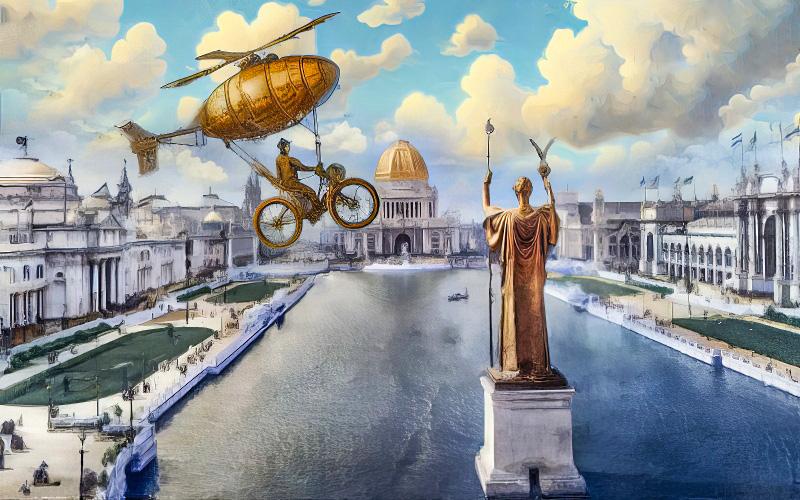
Fair of the Future—Chicago’s International Exposition, A.D. 2000:
Third Prize
“Yesterday at the Exposition [From the Times-Herald, June 27, 2000]” by L. Frank Baum
Continued from:
First Prize: “Chicago’s World’s Fair, A.D. 2000” by Percival Owen
Second Prize: “Greatest of All” by Mary F. Arnold
Yesterday was a busy day at the exposition. The pneumatic cars[1] were discharged from the Lake Front Station at intervals of one minute the entire day, and every carriage was packed. One car, indeed, became inverted, but so rapid was the transit that the passengers were unaware of the fact until they arrived at the terminus at Kenosha Park, when the sudden stopping of the car caused them all to drop upon their heads on the cushioned ceiling, but fortunately no one was injured.
The air ships also carried large crowds to the grounds, and the Chicago Sealed Projectile Company fired projectiles regularly every five minutes, landing each time 1,000 passengers in the rubber receivers at Kenosha without accident. The invention is a great success, and the company is now arranging to fire projectiles regularly to Boston, where there are still enough inhabitants to make the enterprise remunerative. Besides these models of transit, many came from afar in their own motorcycles,[2] while the thousands of motorcycles belonging in Chicago were utilized for the same purpose.
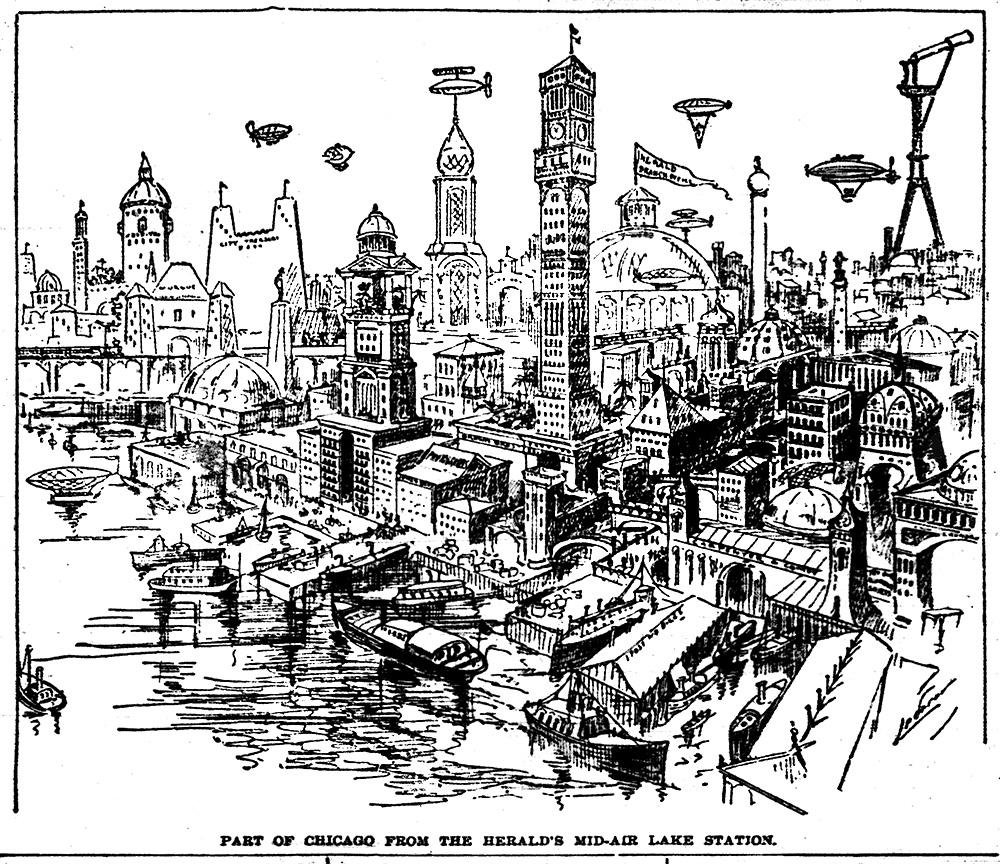
A vision from 1893 of the future Chicago in 1993 also included airships. [Image from the Chicago Herald May 1, 1893.]
There are many genuine novelties at Chicago’s great fair. The new chemical fertilizer “Akasa” was exhibited to admiring crowds, and through its use wheat was grown from the seed in fifteen minutes, automatically thrashed, ground and baked in ten minutes longer, and a superb article of bread distributed to the crowd that had watched the seed planted a half hour before.[3] The exhibit of smokeless tobacco[4] attracted much attention, as did also the jagless whiskey, which has recently become so popular.
The new bicycle, which contains the motor in the half-inch tubing that forms the handle bar, was again proved a startling success, and it is understood that one has been purchased by Mrs. Strident, the director general of the exposition, for her own use.[5]
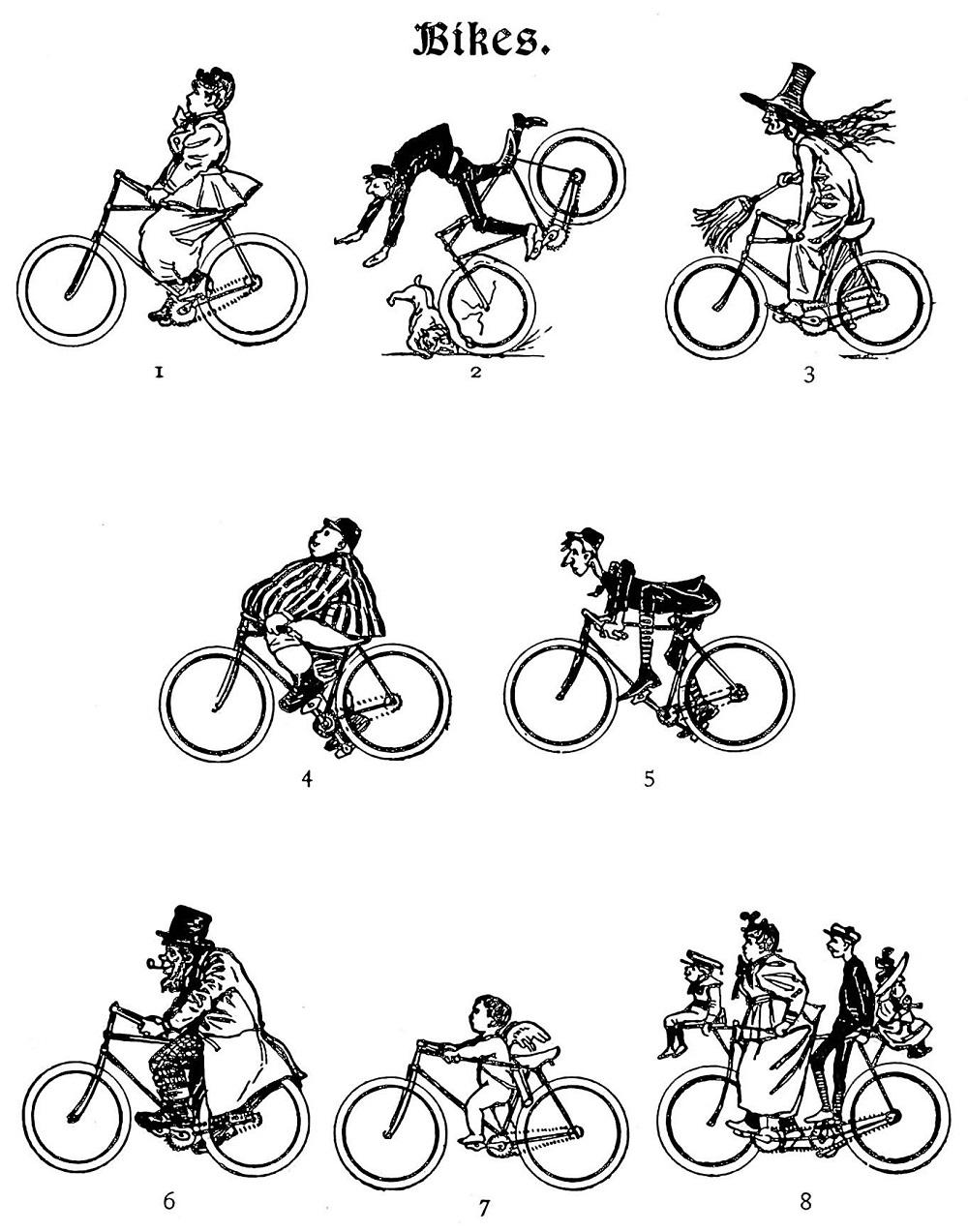
Chicago caught the “bicycle craze” of the late 1890. Shown here are typographic decorations manufactured by Barnhart Bros. & Spindler of Chicago in 1895 showing some imaginative bicycle scenes. Is the bicycle-riding witch in figure 3 a relative of L. Frank Baum’s Wicked Witch? [Image from The Inland Printer Apr. 1895.]
The exhibit of monster gems is very beautiful. These were all discovered by the use of Rontgen’s light,[7] which photographed them as they lay embedded in the bowels of the earth and so enabled the discoverers to dig them out.
The Midway is still attracting many visitors. The band of educated talking orangutangs[8] from Africa divides popular attention with the native of New York, who is puffed up with pride at being the last of that strange race of creatures, who were swamped many years ago by the accumulation of consolidated conceit that overwhelmed the little island of Manhattan.
At the beauty and costume exhibit are a bevy of ladies wearing skirts and corsets, a mode of dress that was fashionable for a long period in the world’s history. Many spectators can scarcely believe that so cramped and unlovely a costume was ever universally adopted by women, as the symmetry of the form is not only disguised thereby, but the discomfort to the wearer must have been great. Still there are authentic records to prove that skirts and corsets were once the accepted mode of dress.[9]
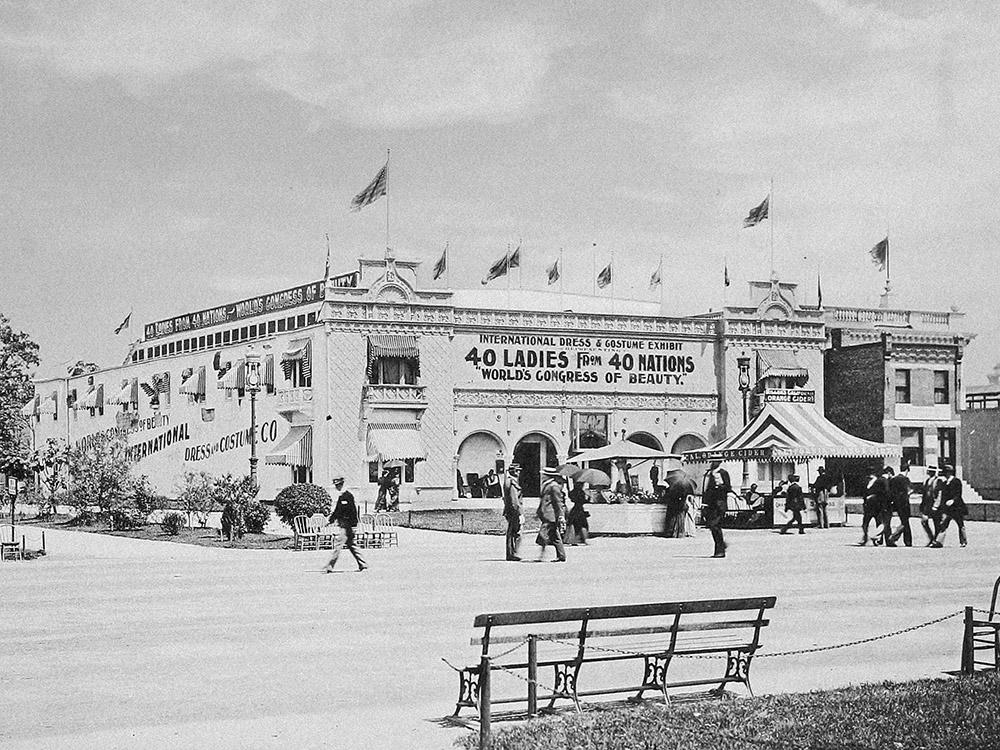
At the 1893 World’s Fair, the World’s Congress of Beauty on the Midway Plaisance showcased the “costumes” of women of various nations around the globe, modeled by live young women in booths. [Image from Arnold, C. D.; Higinbotham, H. D. Official Views of the World’s Columbian Exposition. Press Chicago Photo-gravure Co., 1893.]
The illumination in the evening was beautiful, and the sky was aglow with the gorgeous electrical designs displayed from the aerial island suspended over the exposition grounds. These, with the flashing lights of the passenger projectiles and the illuminations from the throng of air ships,[13] made up a delightful scene, while the soft strains of music from the monster phonograph anchored three miles out in Lake Michigan[14] fell sweetly and soothingly upon the ear.
To-day’s edition of The Times-Herald contains many beautiful day and night scenes at the exposition, photographed in their natural colors.[15]
L. FRANK BAUM,
120 Flournoy Street, Chicago
NOTES
[1] Without further description, we can only guess what technology Baum may be imagining for his “pneumatic cars.” A simple compressed-air vehicle is one possibility. Perhaps Baum was thinking about an adaptation of the familiar pneumatic tube capsule pipelines used to transport telegrams, documents, and small parcels in the Victorian Era. Experimental pneumatic railways ran in south London in 1864 and in New York in 1869.
[2] The first commercially produced motorcycles appeared in 1894. News reports of automobiles in Chicago as early as 1895 describe them as “motorcycles,” so this technology—likely familiar to Baum—may be what he is referring to. Indeed, later in this piece he describes a separate idea for motor-powered bicycles.
[3] Such photosynthetic efficiency would be miraculous even in the 21st century. Within Baum’s lifetime, however, came a revolution in agriculture driven by the development of chemical fertilizers. H.G. Wells famously described the promise and peril of super-fertilizers in his futuristic romance novel Food of the Gods and How It Came to Earth (1904).
[4] While chewing tobacco and dipping tobacco, which had been around for centuries, are considered “smokeless,” perhaps Baum was imagining a lit tobacco leaf that did not produce smoke? Baum had a tumor removed from under his tongue in early 1891, and he reportedly enjoyed his cigars unlit.
[5] Feminist ideas run through much of Baum’s oeuvre, notably in his Oz series in which the Land of Oz is a matriarchy. His mother-in-law, the radical women’s rights advocate Matilda Joslyn Gage, is thought to have been an important influence on his writings. Here he nonchalantly mentions a woman in the leadership position of the World’s Fair of 2000. Baum seems to be poking fun at the changing times in his poem “La Reine est Mort—Vive La Reine” (Chicago Times-Herald June 23, 1895), which opens with: “The shout hurrah for the woman new / With her rights and her votes and her bloomers, too! / Evolved through bikes and chewing-gum, / She’s come.”
[6] Thought transference may relate to the Baum’s family involvement with new religious philosophy of Theosophy.
[7] “Rontgen’s light” refers to X-rays, discovered by German physicist W. C. Roentgen just two months earlier in December 1895. News of the remarkable properties and potential uses of this previously unknown form of electromagnetic radiation was just starting to spread at the time Baum wrote this story. He may have read articles that Chicago newspapers printed in January 1896 about the promise of using X-rays to detect diamonds in the ground. The discovery of X-rays also sparked Baum to write “The Latest in Magic,” a satirical poem about its multitude of uses which the Times-Herald published in its May 31, 1896, issue. Baum’s final verse is: “Old Roentgen, we’ll crown / With grateful renown, / And join all mankind his discov’ry to praise; / The world’s radiated, / We’re all fascinated, / Because of those marvelous, mystical rays!”
[8] Baum may have seen an orangutan on the Midway of 1893, where one was displayed in a cage in the Java Village. Orangutans are from Southeast Asia, not Africa. While Baum is trying to poke fun at New Yorkers, here he also may be slipping into racist caricatures common in this era. Sadly, some periodicals at the time also relied on dehumanizing stereotypes to depict Africans in the Dahomey Village on the Midway as orangutans. (See Ballard, Barbara J. “A People without a Nation” Chicago History Summer 1999, pp. 27–43.)
[9] Baum likely is referring to the concession on the Midway of the 1893 World’s Fair called the “Costume and Beauty Show” or the “World’s Congress of Beauty” (which was not connected to the formal World’s Congress Auxiliary). Advocates for women’s dress reform participated in the World’s Congress of Representative Women (which was part of the World’s Congress Auxiliary).
[10] Thomas Edison’s kinetoscope likely was not exhibited at the 1893 World’s Fair, but public kinetoscope parlors were open the following year. Baum later became actively involved in the young film industry that flourished in Chicago, where he was involved in the first Oz films produced by Selig Polyscope Company in 1908. He opened his own movie studio, the Oz Film Manufacturing Company, in Hollywood in 1914.
[11] Stage actress Sarah Bernhardt (1844–1923) was wildly popular in the late 1890s and later made several silent films.
[12] In this passage about kinetoscope image synchronized with graphophone sound, Baum is, of course, describing a movie with sound. His prognostication is not that far ahead of his time. While the advent of the “talkies” in the late 1920s largely replaced silent films, the first sound film was made in 1894 by Thomas Edison’s recording company.
[13] Baum does not provide much detail about the air ships he envisions, but the illumination show he mentions bears a striking resemblance to the light shows created since 2012 that use of multiple unmanned aerial drones with attached lights that fly in coordinated formations.
[14] The 68th Street water crib, built in 1892 but now inactive, sits in Lake Michigan 2.3 miles offshore of Jackson Park in Chicago. Perhaps Baum had this structure in mind for his sound system?
[15] The use of color images in newspapers was quite new in 1896. The June 23, 1892, issue of the Chicago Inter Ocean included an eight-page Illustrated Supplement, having full-color front and back covers—the first color newspaper issued in the U.S. Color photographs did not start appearing regularly in daily newspapers until the late 1970s.

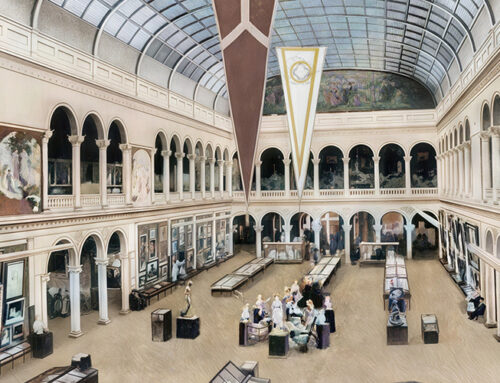
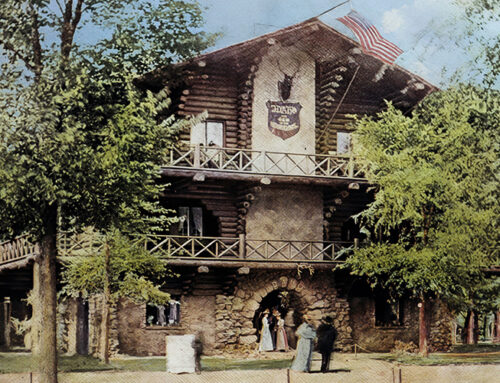
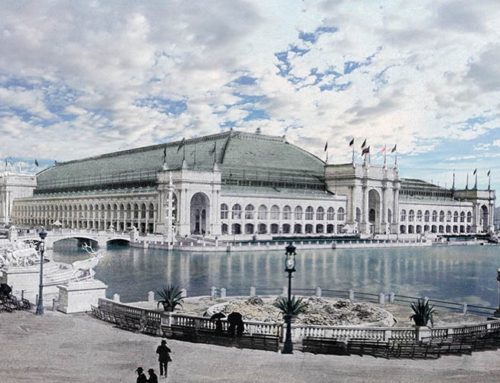
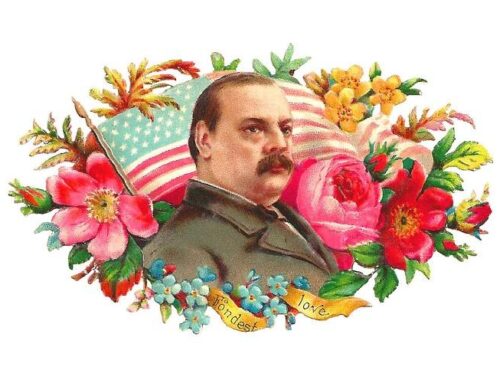
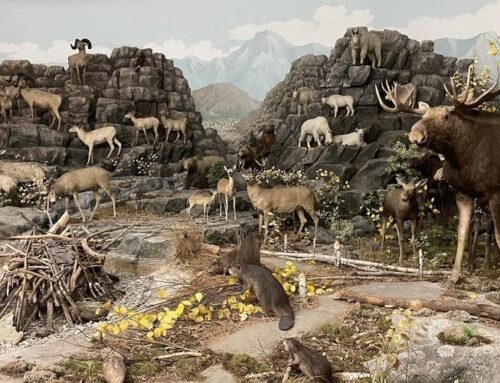
Leave A Comment